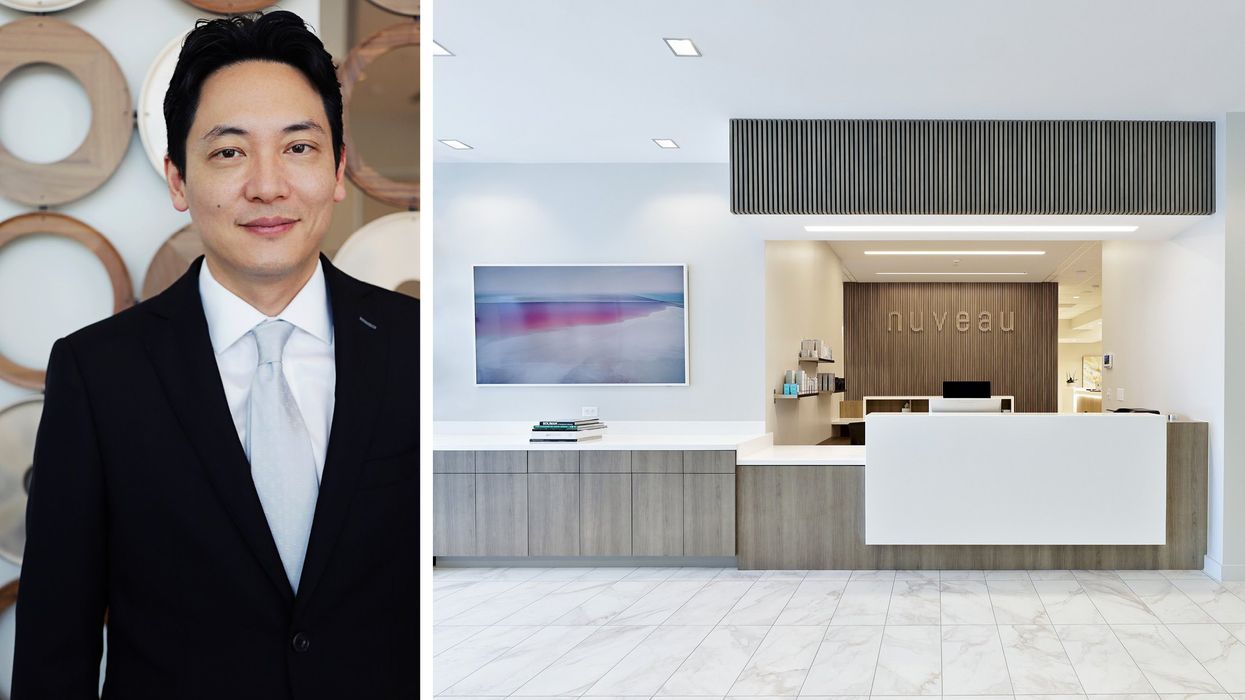MFAH's Summer Show Will Have You Meditating on the Many Meanings of 'Modern'

A detail of Konoshima Okoku's 'Tigers,' 1902
THROUGHOUT THE HOT — and hopefully hurricane-free — months of summer, visitors to the Museum of Fine Arts, Houston can step through a portal and experience another era with Meiji Modern: Fifty Years of New Japan, on view through Sept. 15.
Organized by the Japanese Art Society of America and co-curated by Bradley Bailey, Ting Tsung and Wei Fong Chao curator of Asian art at the MFAH, this expansive exhibit is installed thematically, rather than chronologically, across several galleries on the upper level of the Caroline Wiess Law Building. The show features more than 150 objects borrowed from 70-plus public and private collections, including several newly discovered masterworks of Japanese art, many of which have never been shown publicly. The curatorial vision here is extraordinary; Meiji Modern will simultaneously reaffirm and explode any preconceived ideas you have about Japanese art.
The exhibit’s title refers to the 50 years of Japan’s Meiji era (1868-1912), named after the country’s first monarch, who ruled from 1867 to his death as Japan transformed itself from an isolationist, feudal country into a nation-state and one of the great powers of the modern world. In a statement, Bailey describes Japan during that time as “one the first non-Western nations seeking to repel colonization by making the case for the integrity of its art and culture.”
But “repel” may be too narrow a word. Throughout the exhibit’s over 150 paintings, woodblock prints, historic photographs, cloisonné enameled vases, bronze sculptures, crystal balls, and folding screens, one sees a sometimes tense, sometimes joyful, sometimes propagandized amalgamation of Japan’s ancient traditions and the Western promise of 19th-century modernity, which included new techniques and concepts in art.
Mitsutani Kunishirō’s European tutelage is apparent in his 1910 watery oil-on-canvas portrait “Flowers,” where a woman, seated outdoors on a wooden veranda, and dressed in a traditional kimono and with two flowers in her lap, strikes a languid pose against a mysterious background of undulating, deep green foliage, like an incongruous underwater garden. It’s a painting that would sit nicely between one of Monet’s “Water Lillies” and John Singer Sargent’s en plein air masterwork, “Carnation, Lily, Lily, Rose.”

Kano Hogai's 'Two Dragons in Clouds,' 1885

'Hell Courtesan,' c. 1900, one of a pair of six-panel screens by Utagawa (Baidō) Kokunimasa

Mitsutani Kunishiro's 'Flowers'

Hashiguchi Goyo's 'Poster for Mitsukoshi'
Gender roles evolved during the Meiji era, and the fashion of the time followed — but the kimono is present in several woodblock prints of women enjoying new freedoms and technologies.
In Shodo Yukawa’s “Telephone Call: A Merchant’s Wife,” an elegant, kimono-clad woman has pushed a pink floor-to-ceiling curtain aside to access a wall telephone, her ear cocked coquettishly toward the handheld receiver. Meanwhile, the men are represented by a bowler hat woven entirely out of bamboo reeds. (You will do a double-take when you see it.)
Other works that will stop you in your tracks include a stunning image of a polar bear made with embroidered silk by an unknown Japanese artist. (The creation of modern zoos in Japan began during the Meiji era.)
And then there’s the woodblock print, “Tokugawa Shogun Viewing Watermelon Fight at Hama Palace”by Tsukioka Yoshitoshi, which depicts exactly what the title describes: a churning ocean bay filled with two teams of imperial boatmen swimming furiously as they attempt to grab and collect dozens of floating and super slippery watermelons.
- Must-See Art: Montrose Galleries Hang Six New Shows at 4411 Complex ›
- Beautiful ‘Tiger Ball’ Celebrates Japanese Culture, Raises $1.5 Mil for Asia Society ›
- Contemplate, Meditate and Zen Out at the MFAH's 'None Whatsoever' Show, Opening Sunday ›
- Amid Chamber Music and Priceless Art, ‘Impact’ Winners Honored at Posh MFAH Dinner - Houston CityBook ›




















